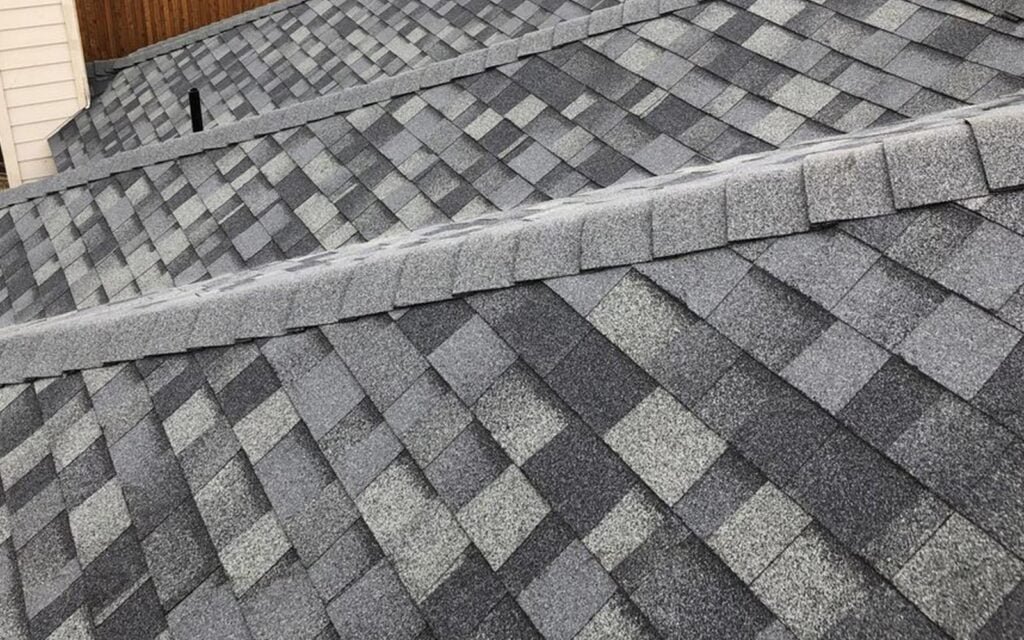Introduction
A new roof is a significant home improvement project that enhances the safety, aesthetics, and value of a property. This guide outlines the essentials, from understanding the need for replacement to post-installation care, ensuring you make informed decisions for your home.
Signs Your Roof Needs Replacement
Aging roofs (15-20 years old), frequent leaks, curling shingles, or visible sagging are key indicators that roof replacement may be necessary. Granules in gutters and high energy bills are also warning signs. Regular inspections can help identify these issues early, preventing further damage to your home.
Choosing the Right Roofing Material
The type to be used depends on durability, budget, and style preference. For example, asphalt shingles are inexpensive while metal roofs are durable and long lasting. Slate and tile offer a classy appearance but are heavier and costlier; apply the climate and energy efficiency concept before making your decision.
Hiring a Professional Roofing Contractor
Research thoroughly before hiring a contractor. Verify licenses, insurance, and references, and request detailed estimates. Look for certifications from manufacturers, such as GAF or CertainTeed, as these indicate expertise. Clear communication and a comprehensive contract are vital to a smooth project.
The Roof Replacement Process
It includes the removal of old roof and further checking on decking material, and underlayment and shingles installation with safety measures for timely job accomplishment, and on-time completion using advanced tools. Size and weather conditions determine the duration taken to complete the process, usually within 1-3 days.
Cost and Financing Options
The average roof replacement cost lies between $5,000 and $10,000. This amount depends on the materials, labor, and complexity of the roof. Some financing options may include home equity loans, personal loans, or contractor payment plans. Seek multiple quotes to ensure the competitive pricing and budget accordingly.
Maintaining Your New Roof
A new roof can live a healthy life if kept properly maintained. Clean out those gutters, clear out debris, inspect for damage after severe weather, and have annual inspections by professionals so problems are caught early before their repair eats into too much of your wallet.
Conclusion
Roof replacement is an important investment to help your home be safe, energy-efficient, and aesthetically beautiful. Identifying wear signs, right-material selection, hiring competent professionals, and proper maintenance of your new roof can save you decades from damage to your home. Proper planning and informed decisions will make the process smooth and rewarding.
FAQs About Roof Replacement
1. How long does a roof replacement take?
A roof replacement usually takes 1-3 days, depending on factors like roof size, material, and weather conditions. Larger or more complex roofs may take longer, while smaller projects can be completed in a single day.
2. Is roof replacement covered by insurance?
Insurance may cover roof replacement if the damage is caused by events like storms or falling trees. However, wear and tear or aging roofs are typically not covered. Review your policy and consult with your insurer for specifics.
3. Can I live in my house during roof replacement?
Yes, you can stay in your home during a roof replacement, but expect noise and potential vibrations. Consider temporarily relocating pets or sensitive individuals if the disruption may affect their comfort.



